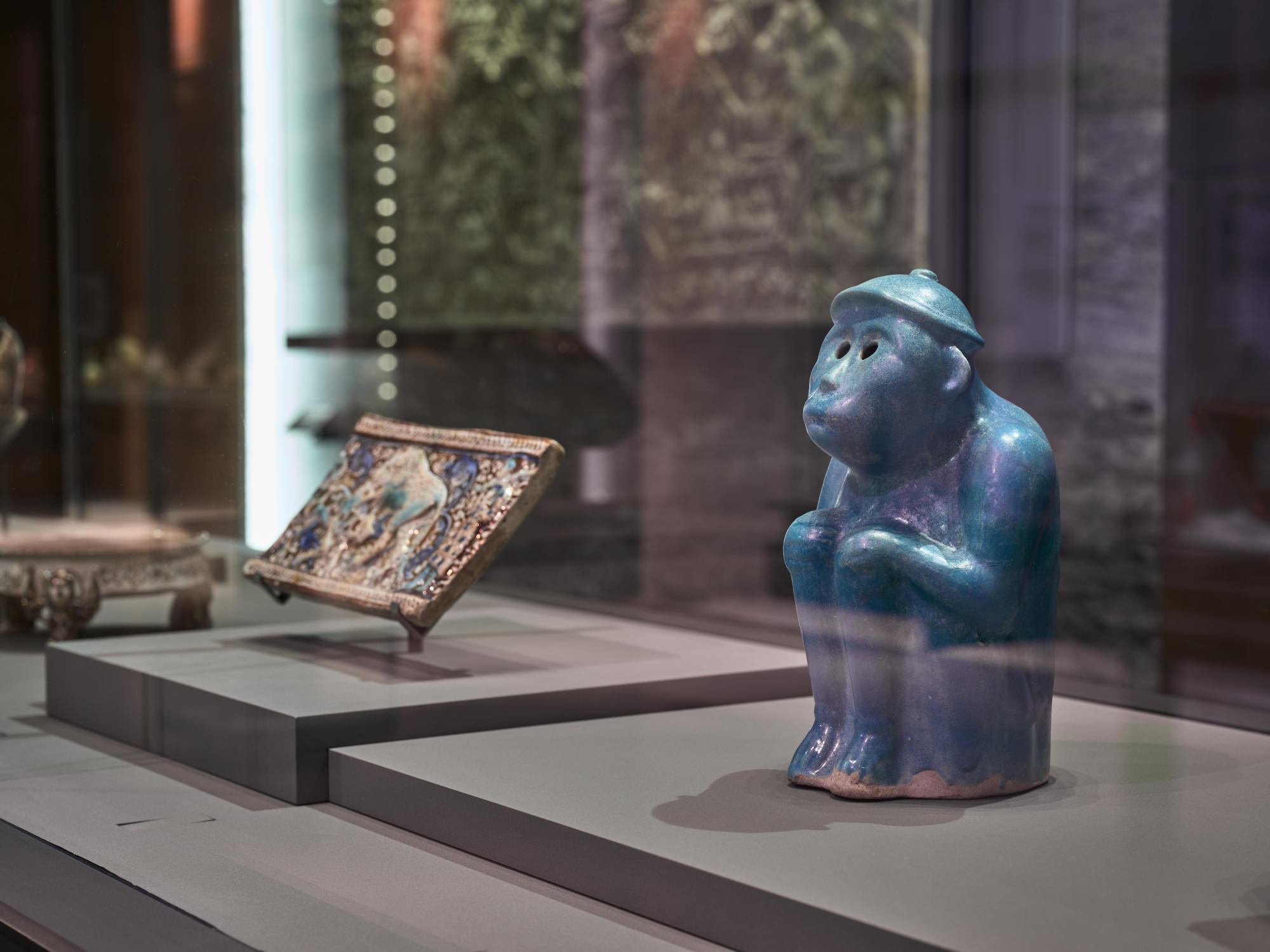
Qatar museum director sees International Cultural Summit in Hong Kong as a chance to learn from the city and tell the world what Doha is doing
- The Gulf state of Qatar has built a design district and is creating a cultural district, and Shaika Nasser Al-Nassr is keen to learn from Hong Kong’s arts hub
- The director of Qatar’s Museum of Islamic Art, she sees summit of 1,000 arts and culture movers and shakers as a chance to raise awareness of Doha’s progress
With 6,000 kilometres separating Hong Kong and the Qatari capital, Doha, it may seem at first glance that the cities have nothing much in common. On closer examination, however, both have built cultural districts to stake a claim to being a regional hub of arts and culture.
“We have already developed a Design District in an historic area of downtown Doha,” says Shaika Nasser Al-Nassr, director of the Museum of Islamic Art Doha.
“The entire neighbourhood, Msheireb, has been transformed into a highly sustainable, mixed-use development that merges contemporary ideas and functions with traditional design principles.”
The government will be adding more cultural districts and museums in Doha in the future, she adds.


For Al-Nassr, the summit is of particular interest both to her institution and Qatar as a whole, and she looks forward to sharing and exchanging ideas with her contemporaries about how cultural districts can contribute to a city’s social and economic ecosystems.
Opened in 2008, the Museum of Islamic Art was the first institution to open as part of a creative push by Qatar Museums, a government entity founded in 2005 to manage major museums, heritage sites, festivals and public art installations in the country on the shores of the Persian Gulf.
The museum has one of the most comprehensive collections of Islamic art in the world, and currently holds more than 11,000 objects, which span three continents and 13 centuries, according to Al-Nassr.
“We also have a library with 21,000 books about Islamic art, making it one of the largest research collections in the region,” she adds.

The Museum of Islamic Art is “in many ways, the flagship of all the museums”, she says. More museums are expected to be opened in Qatar in the future, including Dadu, Children’s Museum of Qatar; the Qatar Auto Museum; Art Mill Museum; and the Lusail Museum.
“The future Art Mill Museum will present modern and contemporary art from all regions of the globe on an equal basis,” Al-Nassr adds.
Such a vibrant arts scene, Al-Nassr says, will present many opportunities for collaboration between Qatar and Hong Kong in the future.
“While Qatar Museums is committed to nurturing artistic talent within our own country, we are also committed to building partnerships internationally to support artists and audiences throughout the world,” she says.

